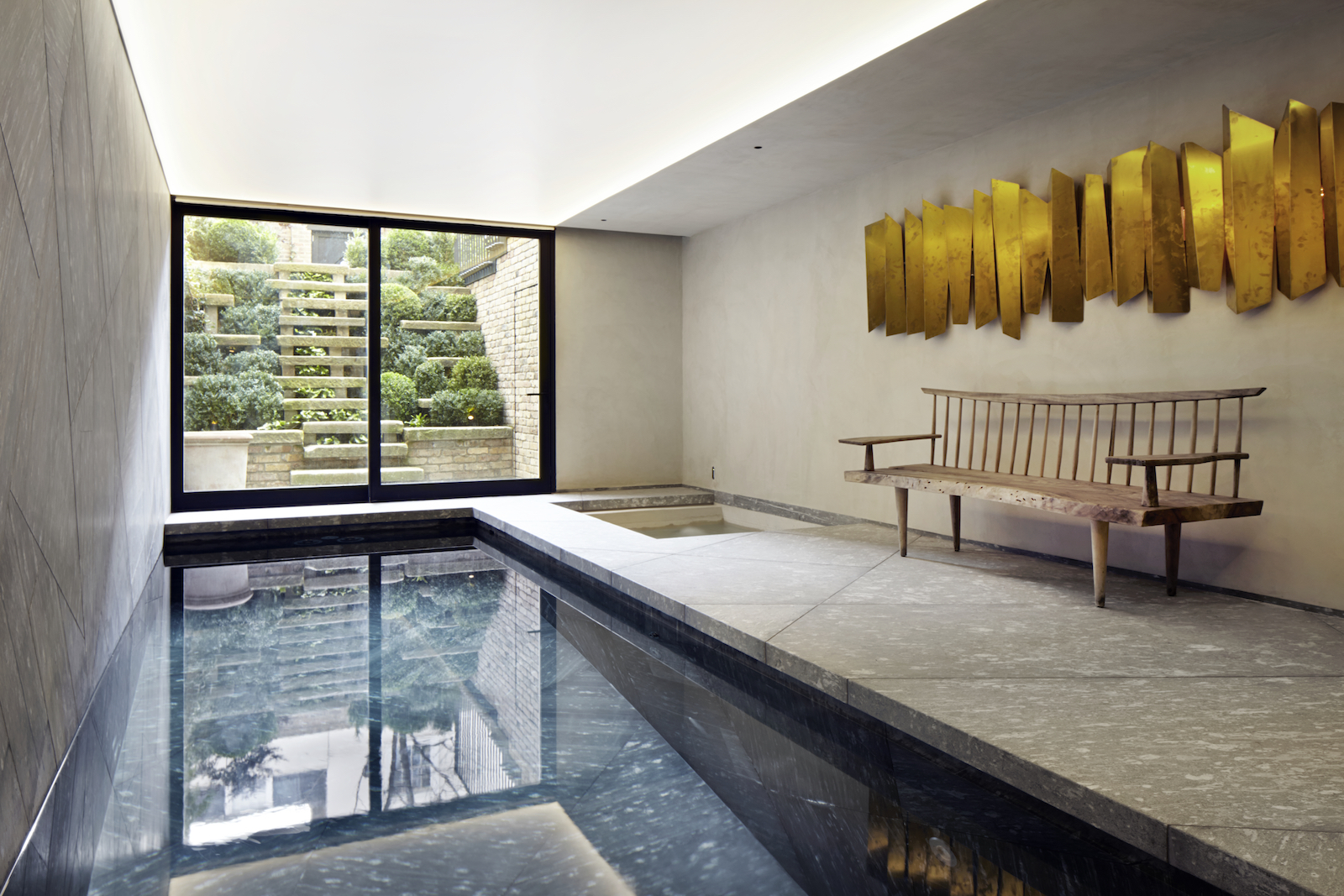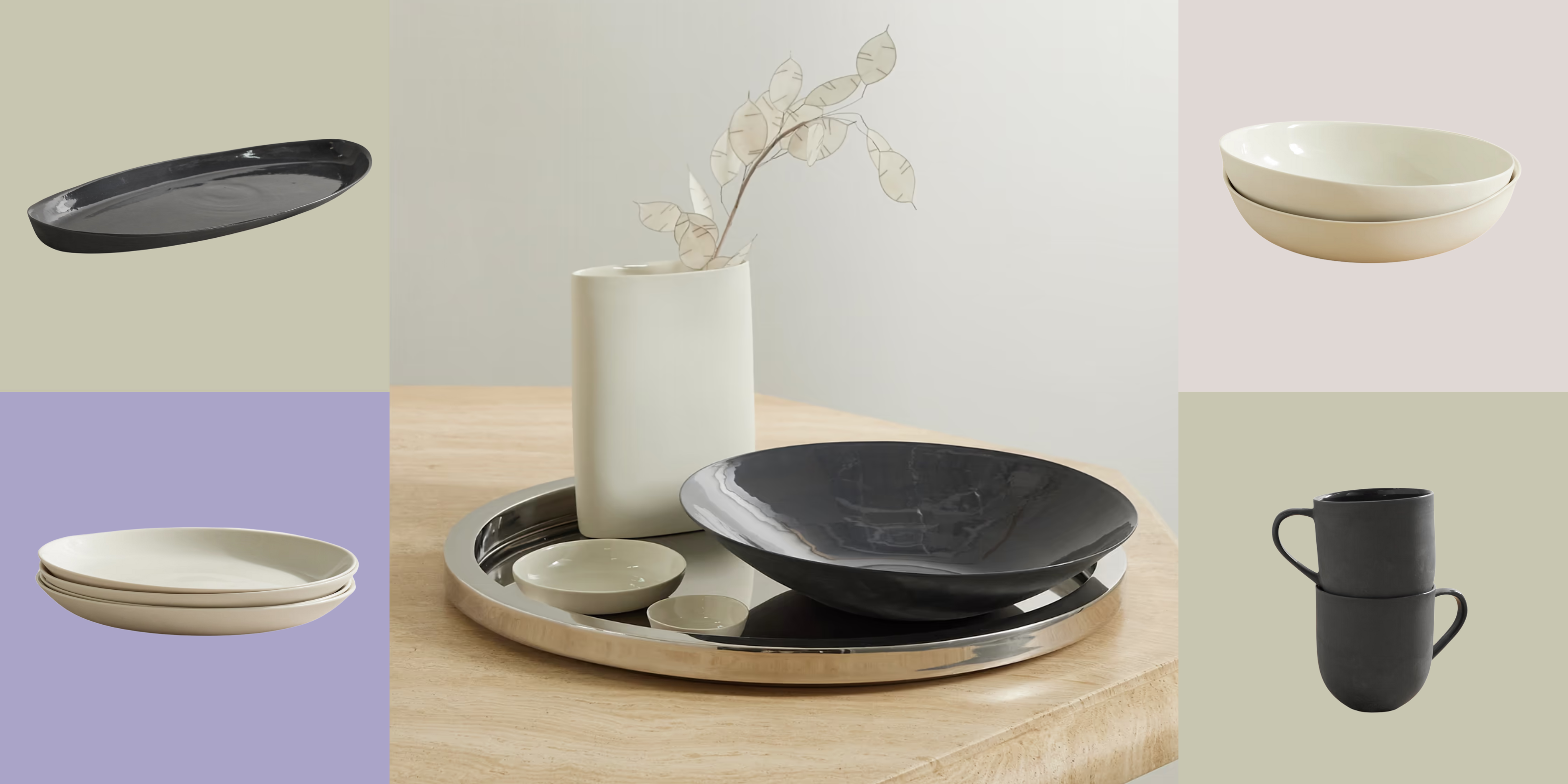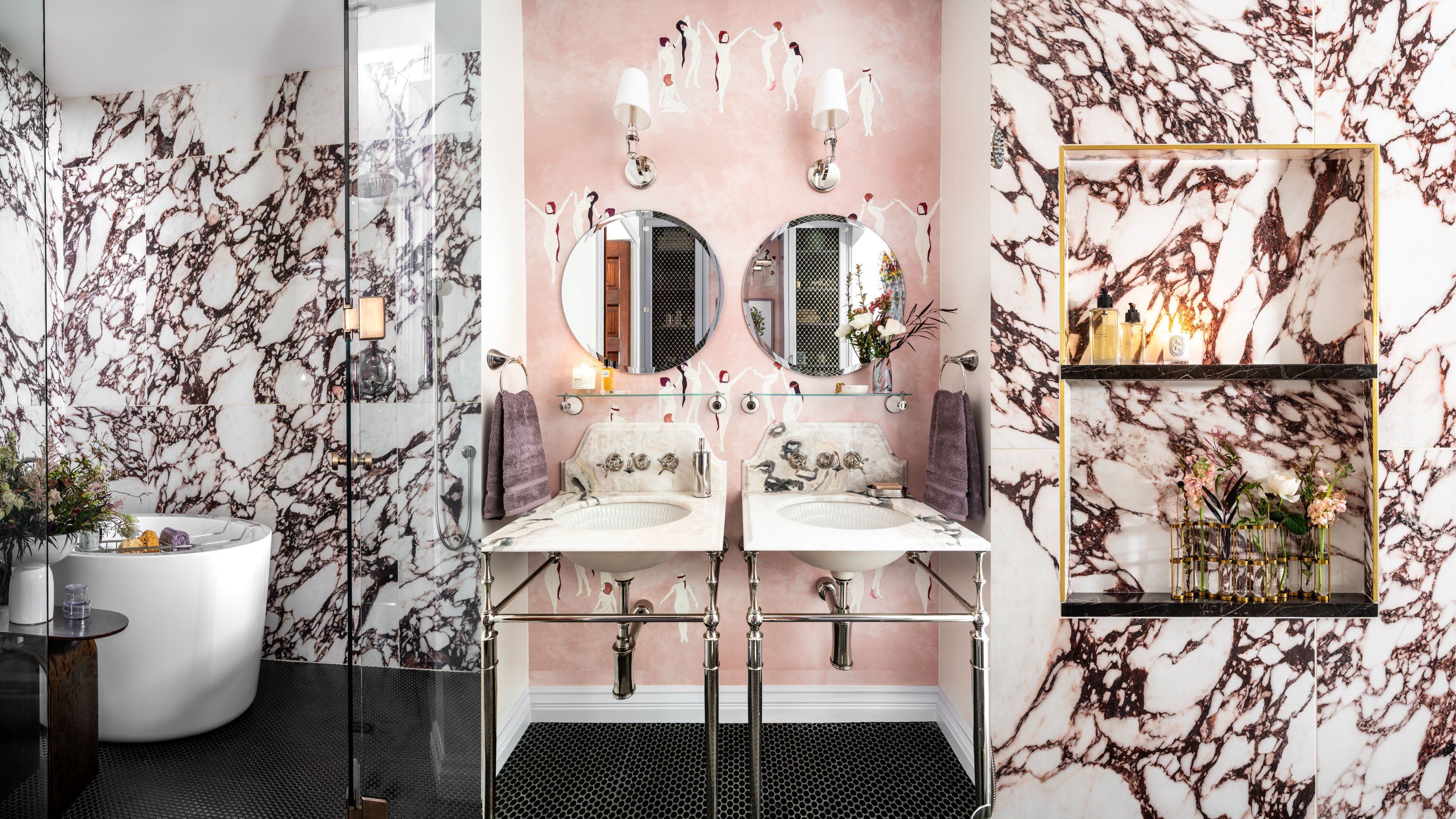How much does it cost to waterproof a basement? An expert lays down the figures
Wondering how much it costs to waterproof a basement? Here are the ballpark figures, plus the variables that will affect them

How much does it cost to waterproof a basement? That's likely the question on your lips if you’ve experienced leakages and water infiltration recently, or you're planning a basement extension to add more space to your home.
'In a two-story home, a basement represents 33% of the available space,' Richard Fencil, from basement waterproofing company ’58 Foundations, points out. 'In a one-story house, the basement can be 50% of the available space.'
For many homes, it's the smart way to add extra space. 'Finishing a waterproofed basement is a much more cost-effective way to add liveable space to a home as compared to building an addition,' Richard adds.
But just how cost effective is it? We asked the experts for the low down on basement waterproofing costs.
How much does it cost to waterproof a basement? Here's what you need to know
The first step to determining how much it will cost to waterproof your basement is deciding what you will use your basement for – an extra room, or to prevent flooding or water ingress? But, because there are so many variables to consider, the cost of waterproofing a basement can vary from house to house. Choosing the cheapest option will not be suitable for every home.
Once you've decided to waterproof your basement, it's best to call in the experts. However, if you're looking for an idea of how much it will cost, here's everything you need to know.
How much does it cost per square meter to waterproof a basement?
'There are a lot of variables that go into creating a basement waterproofing solution,' says Richard Fencil at ’58 Foundations. 'Thus, the cost is going to vary home to home.'
Home services site, Angi.com, estimates: 'On average, waterproofing a basement costs $4,600. Depending on what other work you may need done, it can range anywhere from $2,200 to $7,200 and up. Per square foot, you can expect to spend between $5 and $10.'
What is the best way to waterproof a basement?
'When we discuss waterproofing a basement, we probably are talking about ground water leaking though the cove joint somewhere along the perimeter of the basement floor,' says Richard. A cove joint is where the footing, wall and floor join together.
'The best solution is to install a subfloor drainage channel,' suggests Richard. 'This sits down beside the footer (rather than on top of the footer, which is also a common installation process) and drains to a redundant sump pump system that includes battery-powered backup.'
'Adding a high-capacity dehumidifier completes the system to address all the water and water vapor that can enter a basement,' he adds.

Is waterproofing your basement a cost effective investment?
’58 Foundations estimates that, in the sale of a house, a homeowner can expect to get anywhere from 30% to 50% return on investment (ROI) depending on the scope of the problem and repairs completed.
'Assuming a 50% ROI, if a basement waterproofing repair costs $8,000 your home value will increase by $12,000. That's $4,000 profit,' Richard says.
'This does not include the benefits of enjoying a fresh, mold-free basement while living in your home,' Richard adds. If a basement is not waterproofed, water and water vapor will the damage the organic materials from which the house is built.
'Over time, flooring systems, sill plates, wood framing, insulation and many other building materials will soften and rot,' Richard says. 'As wood absorbs water, it also becomes more susceptible to mold.'
What variables affect how much it costs to waterproof a basement?
The size of the basement
'The size of the basement is the first variable,' says Richard. 'As installation of the drainage channel is typically priced by the linear foot, the perimeter footage determines part of the price.'
'Additionally, any obstacles – such as oil tanks, heating, ventilation and air conditioning (HVAC) equipment, bathrooms, gas or oil lines, any walls, and permanent finishings – are other variables that need to be considered in building a waterproofing system,' Richard says.
How the basement will be used
'How the homeowner uses and wants to use the basement is important to building a solution,' says Richard. 'If the basement is or will be used as living space or for storing valuables, a fully redundant sump pump system should be installed.'
'A redundant system protects the home from pump failure that can occur due to power outages, mechanical failures, or from larger amounts of water that may be too much for the primary pump to handle,' Richard adds.
'A high capacity commercial dehumidification system should also be installed to make the space comfortable for living and to protect valuables from moisture from water vapor and humidity,' Richard suggests.
Where the water is entering the basement from
'Water can enter at window wells and leak through the basement windows if they are below the grade,' Richard says. Water most commonly enters the basement through cracks, but pipe penetrations in poured concrete walls and a faulty cove joint (where the footing, wall and floor join together) can also allow water to seep into the basement.
These different entry points require a different waterproofing method, which has a different cost. 'Water seeping up through the cove joint or floor cracks requires a perimeter channel that sits deep beside the footer,' says Richard. 'A leaking window well requires a solution to drain the water higher at the well and leaking wall cracks can often be solved with a sealing solution.'
'If the leakage is higher up the wall, a vapor barrier up the wall to protect the walls all the way to grade or all the way to the top of the joists for aesthetic purposes,' says Richard.
How much water leaks into the basement
'Understanding how much water enters a basement will determine the horsepower of the pump and the number of pumps and wells required,' says Richard.
Be The First To Know
The Livingetc newsletters are your inside source for what’s shaping interiors now - and what’s next. Discover trend forecasts, smart style ideas, and curated shopping inspiration that brings design to life. Subscribe today and stay ahead of the curve.
Olivia Emily is one of the most exciting new talents in consumer lifestyle journalism. Currently finishing off a Masters in Journalism at the City University, London, she has quickly proved herself at being adept on reporting on new interiors trends. A regular contributor to Livingetc, she is brilliant at being able to decode information for our audience.
-
 Turns Out, Sustainable Design Can Be Chic, and Net-a-Porter's 'Net Sustain' Curation Is Proof — Here's What I'm Shopping
Turns Out, Sustainable Design Can Be Chic, and Net-a-Porter's 'Net Sustain' Curation Is Proof — Here's What I'm ShoppingFrom the Net Sustain collection, Mud Australia's homeware is not only design-oriented, but eco-focused, too
By Devin Toolen
-
 Before and After — How This Jewel-Box Bathroom Made the Most of Its Proportions With Maximalist Design and a 'Soaking Tub'
Before and After — How This Jewel-Box Bathroom Made the Most of Its Proportions With Maximalist Design and a 'Soaking Tub'This design offers a masterclass on creating a luxurious bathroom that is equally playful and elegant.
By Maya Glantz